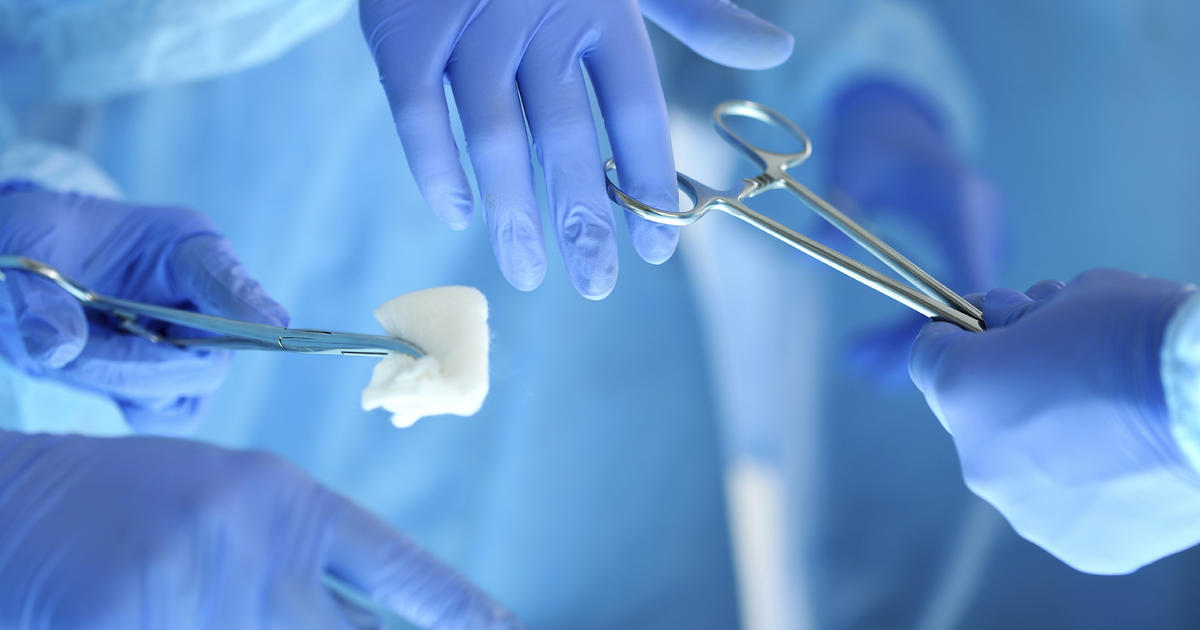Strategies For Treating Hypoplastic Left Heart Syndrome
Hypoplastic left heart syndrome is a type of congenital heart defect that affects the left side of the heart. In patients with this condition, structures on the left side of the heart either fail to form or form improperly. For example, both the mitral and aortic valves may be absent or abnormally small. Similarly, the left ventricle and ascending part of the aorta are often underdeveloped. Hypoplastic left heart syndrome can be diagnosed through an ultrasound while the baby is in the womb, and surgery is needed soon after birth to treat it.
If the condition is not detected before birth, it can be diagnosed in newborns through an echocardiogram. Symptoms associated with hypoplastic left heart syndrome include a weak pulse, pounding heartbeat, breathing difficulties, and a blue tinge to the skin. Individuals with this condition frequently have another heart condition called an atrial septal defect (a hole between the heart's upper chambers). In the United States, an estimated 960 newborns are diagnosed with hypoplastic left heart syndrome each year.
Breathing Machine Assistance

The breathing difficulties associated with hypoplastic left heart syndrome are the result of low oxygen levels in the newborn's body. To ensure the baby gets sufficient levels of oxygen, doctors may use breathing machine assistance. This involves placing the newborn on a ventilator, a device that delivers oxygen. Patients may need to be sedated while a ventilator is in place.
During ventilation, doctors will monitor the baby's heart, lungs, and oxygen levels frequently. Using a stethoscope, they will listen to the child's chest, and a pulse oximeter is used to measure oxygen saturation. Medical staff will also regularly check the ventilation device for any signs of infection. Routine checks will also be done to make sure the device stays in the proper location, and the amount of oxygen delivered through the ventilator will be continually adjusted according to the patient's needs.
Atrial Septostomy

An atrial septostomy is a surgical procedure needed for patients who have an atrial septal defect, one of the heart defects associated with hypoplastic left heart syndrome. The procedure expands the atrial septal defect so the blood from both of the heart's upper chambers can mix together, improving the overall level of oxygen in the blood. Normally, this procedure can be performed in a cardiac catheterization lab or at the child's bedside.
Guided by ultrasound, the procedure typically uses a small balloon to expand the atrial defect. Babies are sedated with general anesthesia for this procedure, and pain relievers are given. After the procedure, patients will be closely monitored in the cardiac critical care section of the hospital. Overall, the procedure carries a low risk, and possible side effects include bruising, bleeding, infections, blood clots, and heart rhythm issues.
Norwood Procedure

The Norwood procedure is normally the first surgery in a series of three operations children with hypoplastic left heart syndrome will need. It is generally carried out within the first two weeks of a child's life. This complex operation involves creating a new aorta connected to the heart's right ventricle.
During the Norwood procedure, surgeons run a tube from the aorta or from the right ventricle. This tube is connected to the pulmonary arteries (vessels supplying blood to the lungs). This process enables the right ventricle to pump blood to the lungs and to the entire body. While this surgery improves blood flow, babies who have the operation may still have a bluish color to their skin after the procedure. This is due to the fact the highly oxygenated blood still mixes with poorly oxygenated blood within the heart.
Fontan Procedure

The Fontan procedure is typically the last in the series of operations used to treat hypoplastic left heart syndrome. Generally, it is performed on infants and children between eighteen months and three years old. Before the procedure, the child will have a heart catheterization performed. In the procedure itself, specialists connect the inferior vena cava, a vessel that transports blood from the lower body back to the heart, with the pulmonary artery. This connection allows significantly more blood to be transported to the lungs.
As a result, poorly oxygenated and highly oxygenated blood are no longer mixed together in the heart. After the procedure, many babies regain a normal skin color and no longer have a bluish tinge. Some children may require a follow-up catheterization procedure in the six to twelve months following the Fontan procedure.
Follow-Up Care With a Cardiologist

Although the surgical options to treat hypoplastic left heart syndrome are effective, they are not considered cures, and patients will still need follow-up care with a cardiologist for the rest of their lives. Even after the Fontan operation, hypoplastic left heart syndrome has a high risk of complications such as heart failure and heart rhythm abnormalities. Patients may also develop cirrhosis of the liver and protein-losing enteropathy, and they may experience slow growth, reduced physical strength, and developmental delays.
During follow-up care with a cardiologist, the doctor will first check the child's heart for any complications. They will check the child's pulse and blood pressure and listen to the heart for any abnormal sounds or rhythms. The clinician will also examine the child's breathing and check for any signs of shortness of breath. The cardiologist can check the child's growth and strength, and they may also wish to refer the patient to other specialists for additional care. For example, children who are growing slowly may need to have a feeding tube or other nutritional support treatments, and patients with reduced physical strength may need to see a physical or occupational therapist. The cardiologist can also advise patients and their families about the latest surgical interventions that may be helpful for hypoplastic left heart syndrome.
